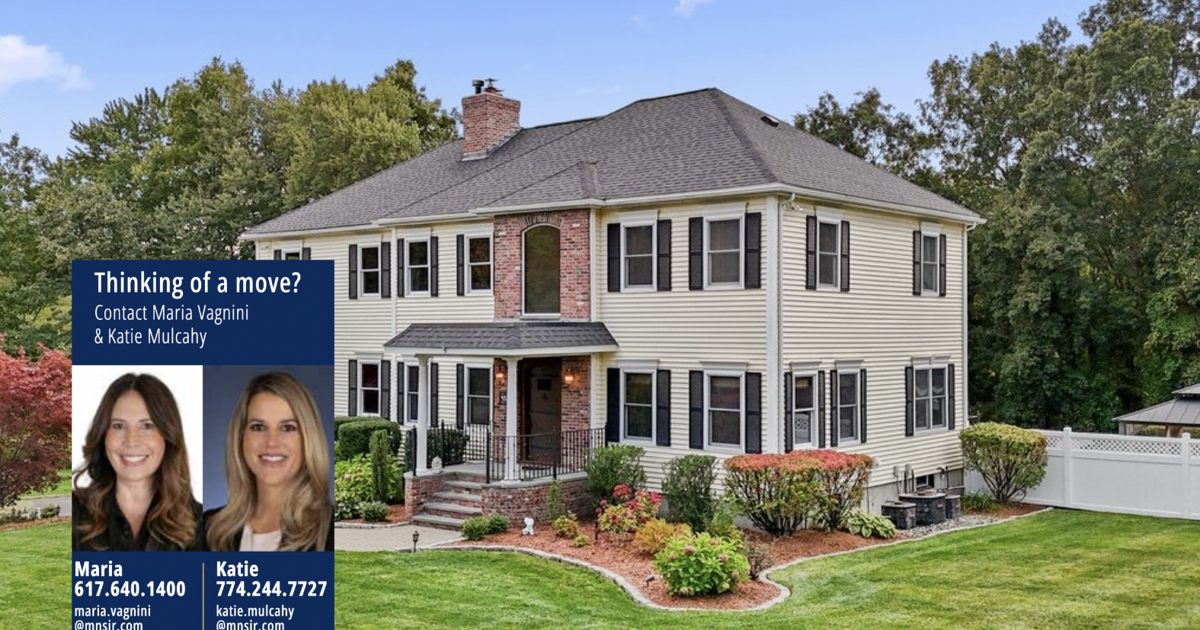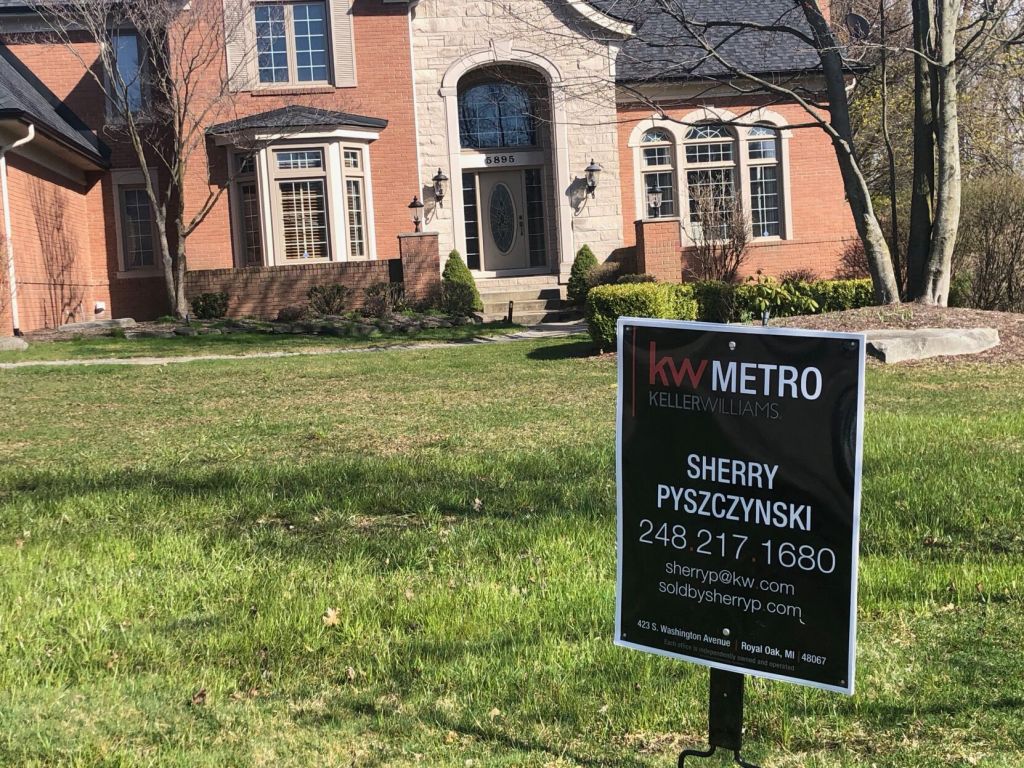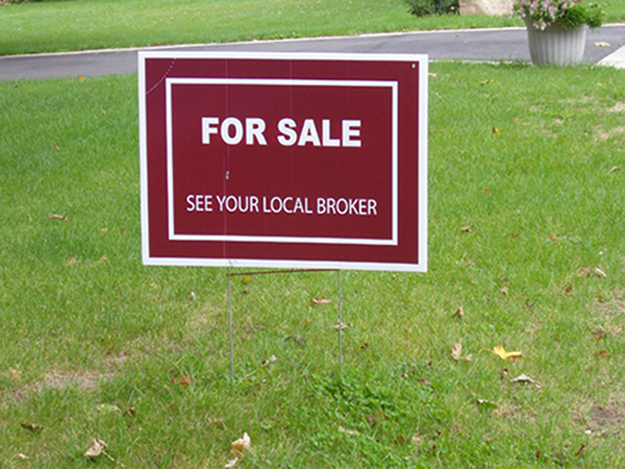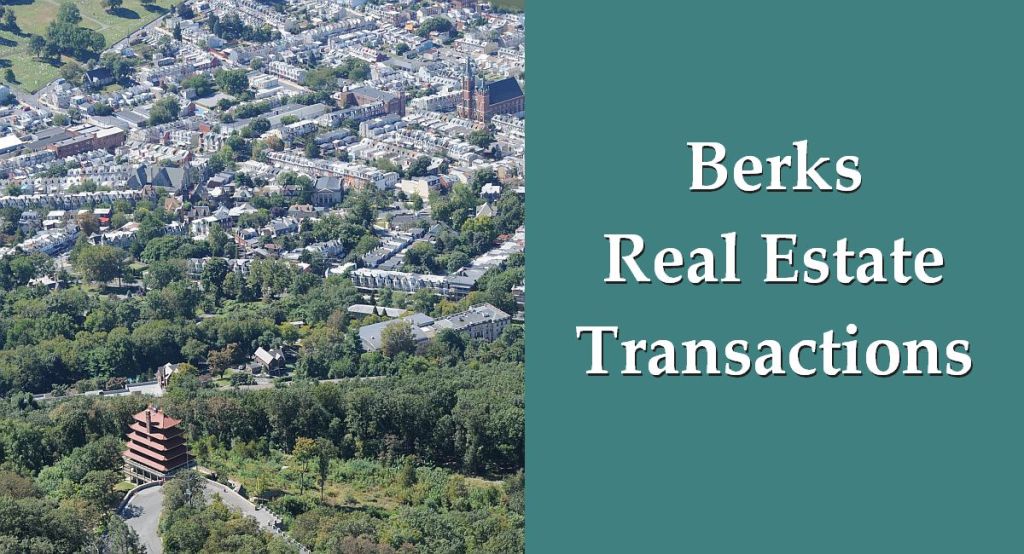N
ew Hampshire's residential real estate market kicked off 2025 with a familiar refrain: high prices and limited supply. This trend, which began in March of last year, shows no signs of abating.
According to Susan Cole, president of the New Hampshire Association of Realtors' Executive Committee, January data revealed a median sales price of $502,500 for single-family homes – a 12.9% increase over the previous year. This marks the third consecutive month of double-digit growth.
Cole attributes this steady climb to the ongoing shortage of available inventory. "By any metric, we're not seeing New Hampshire's housing market change from what has occurred over the past four years," she said. Historically low supply and higher prices have become the norm in the state's real estate landscape.
On the commercial side, office space and industrial/warehouse markets are experiencing stability, according to two recent reports. The median price for a single-family home remained above $500,000 for the 11th consecutive month, with January's figure slightly lower than December's at $502,500.
The NHAR market report highlights the ongoing issue of supply, which is calculated by measuring available inventory per month. A balanced real estate market typically has between four and six months' worth of supply. In January, the state had just 1.5 months' worth for houses and 1.7 months' worth for condos – a significant increase over last year.
To address this shortage, the NHAR continues to advocate for legislation that eases restrictions on new home construction. Cole emphasizes the need to revisit zoning policies, which she believes contribute to unaffordable housing and low-density sprawl. "New Hampshire will need to reduce large-lot zoning restrictions to offer affordable housing to young families and workers while preserving its rural character," she said.
The NHAR is keeping a close eye on two bills: HB 459, which limits lot size minimums in local zoning laws, and SB 84, which sets maximum lot size requirements for single-family homes. Both pieces of legislation aim to protect the community's health and safety while allowing for smaller, more affordable developable lots.
Here are the median house prices in January for each of New Hampshire's 10 counties:
* Belknap: $500,000
* Carroll: $429,000
* Cheshire: $375,000
* Coos: $312,000
* Grafton: $409,950
* Hillsborough: $525,000
* Merrimack: $490,000
* Rockingham: $670,000
* Strafford: $450,000
* Sullivan: $382,450
Median condo prices in January by county:
* Belknap: $370,000
* Carroll: $590,000
* Cheshire: $315,000
* Coos: $415,000
* Grafton: $495,000
* Hillsborough: $360,000
* Merrimack: $340,000
* Rockingham: $499,000
* Strafford: $355,000
* Sullivan: $630,000
Commercial reports for the fourth quarter of 2024 reveal a stabilizing office market and a steady increase in vacancy rates for industrial/warehouse space. The New Hampshire office market showed signs of stabilization, with the vacancy rate rising by just 0.2% year-over-year to finish the fourth quarter at 13.8%. This marks the smallest annual increase in two years, suggesting a potential leveling-off in market conditions.
One notable transaction included the sale of the former Lighthouse Credit Union headquarters on Borthwick Avenue in Portsmouth for $8.9 million to Stonefish, a development and real estate investment company. In Rochester, a Class A office building was sold for $1.95 million for redevelopment into a hotel.
New Hampshire's industrial market has been experiencing a steady increase in vacancy since the fourth quarter of 2022 due to new construction addressing the dearth of industrial/warehouse space. The vacancy rate has started to stabilize in the second half of 2024, ending the year at 5.4%.












